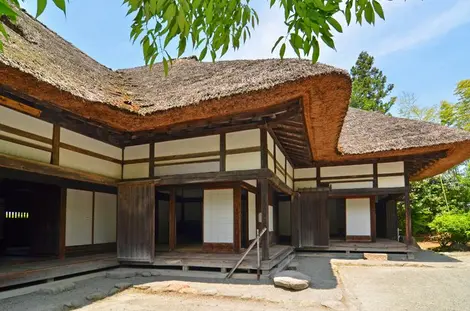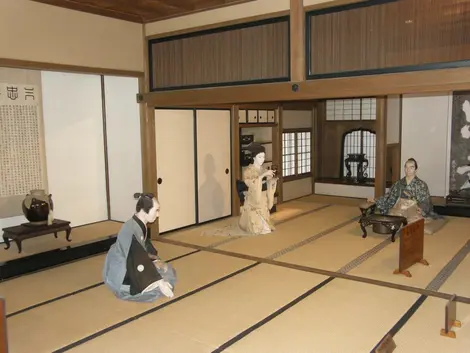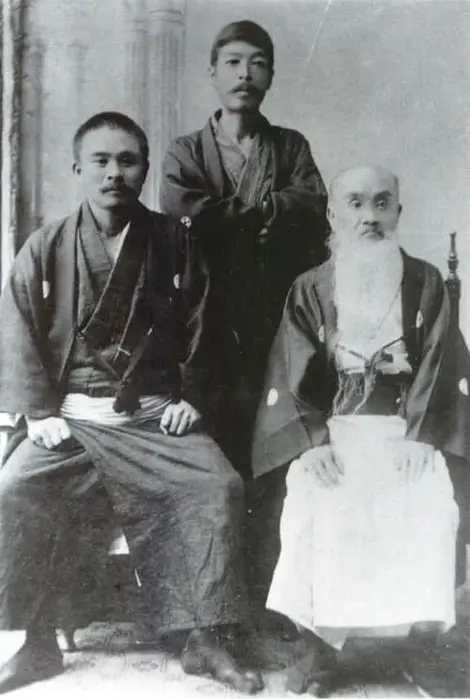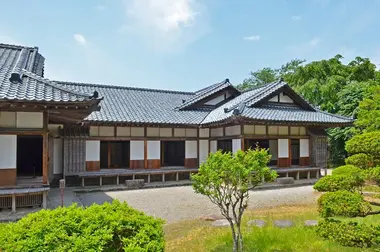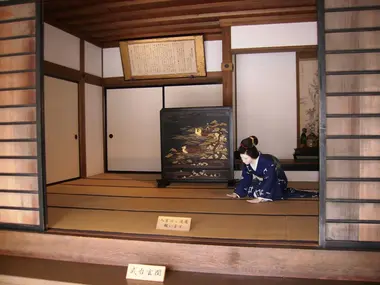The Aizu Samurai Residence 会津武家屋敷
- Published on : 30/04/2018
- by : S.V.
- Youtube
The end of an era
In Aizu-Wakamatsu, during the Boshin War in 1868, the splendid residence of the samurai Saigō Tanomo (1830-1903) was destroyed by flames. Rebuilt identically in the heart of its vast garden sheltering other buildings from the Edo period, the Aizu samurai residence is a precious testimony to the life of the warrior class at the end of the Edo period.
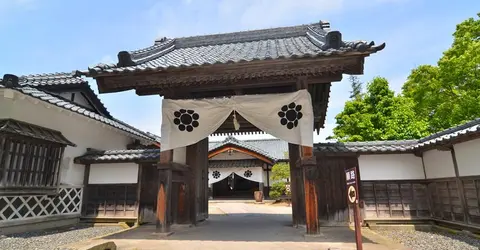
The door to the residence
http://bukeyashiki.com
The wisdom of the samurai
In 1860, the samurai Saigo Tanomo became senior adviser to the 9th daimyô of the Aizu domain, Matsudaira Katamori (1836-1893). In this decade of political upheaval announcing the end of the Tokugawa shogunate , Saigo Tanomo demonstrated impressive wisdom and tried by all means to curb the political involvement of his clan in the future troubles they foresee . At the time, his clan led by Matsudaira Katamori was indeed one of the shogun's most faithful allies, so much so that in 1868, Saigo Tanomo was forced to follow the action undertaken alongside the bakufu soldiers. Tanomo defends the city against Imperial forces and witnesses the destruction of much of it. Captured on the island of Hokkaido where he continued the battle, he was imprisoned until 1872 . From 1889, Tanomo embarked on a completely different path: that of a martial arts teacher . He then becomes one of the main priests of the Tosho-gu shrine in Nikko where he reunites with his former daimyō , appointed chief priest of the place. He will return to spend the last years of his life in Aizu where he writes his memoirs.
Splendors of yesteryear
Strolling through the narrow streets of Aizu still lined with historic buildings, your steps will guide you to the vast residence of this brave and far-sighted samurai . Cypresses and cedars occupy a good part of the 7,900 m² of the garden . In this magnificent traditional architecture resided the samurai, his family and servants. No less than 38 rooms were needed to accommodate all these little people as well as the many passing guests! For those who like numbers and precision, the house covers an area of 280 tsubo , or 925 m² , and has no less than 328 tatamis !
The wax figures, the furniture and the objects of everyday life testify to a life imbued with solemnity . Take the time to visit each room and contemplate each architectural element; each being worthy of interest: the main door of the residence, the waiting vestibule, the lounges, the conveniences and bathrooms, the tea room, the dining room, the kitchen, the weapons room, a archery field as well as the parts of the house reserved for servants.
Remains of an era
Within the grounds of the vast residence rebuilt identically, other historic buildings contribute to the feudal atmosphere that can still be perceived in Aizu: a tea pavilion with a thatched roof, a mill and a former office of bailiff designated important cultural property of the prefecture. The old weapons warehouse is transformed into a museum where regular exhibitions highlight the history of the city and the end of the shogunate. If you feel a little hungry, you will find something to satisfy you at the shop , which offers a wide selection of cakes, confectionery and artisanal products. The restaurant offers delicious local cuisine. Finally, at the cultural studio , you can experiment with various traditional painting techniques or even have your portrait taken in traditional costume. And hop, it's in the box!
To read: In the footsteps of the samurai
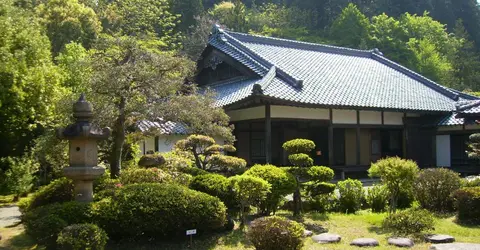
Aizu Samurai Residence
http://bukeyashiki.com
Address, timetable & access
Address
Phone
+81 (0)242-28-2514Timetable
Aizu Bukeyashiki mae bus stopPrice
Adult: 850 yen (6€45) - Child: 450 yen (3€40)Access
Open 8:30 a.m. to 5 p.m. (April to November), 9 a.m. to 4:30 p.m. (December to March). Open all year.





